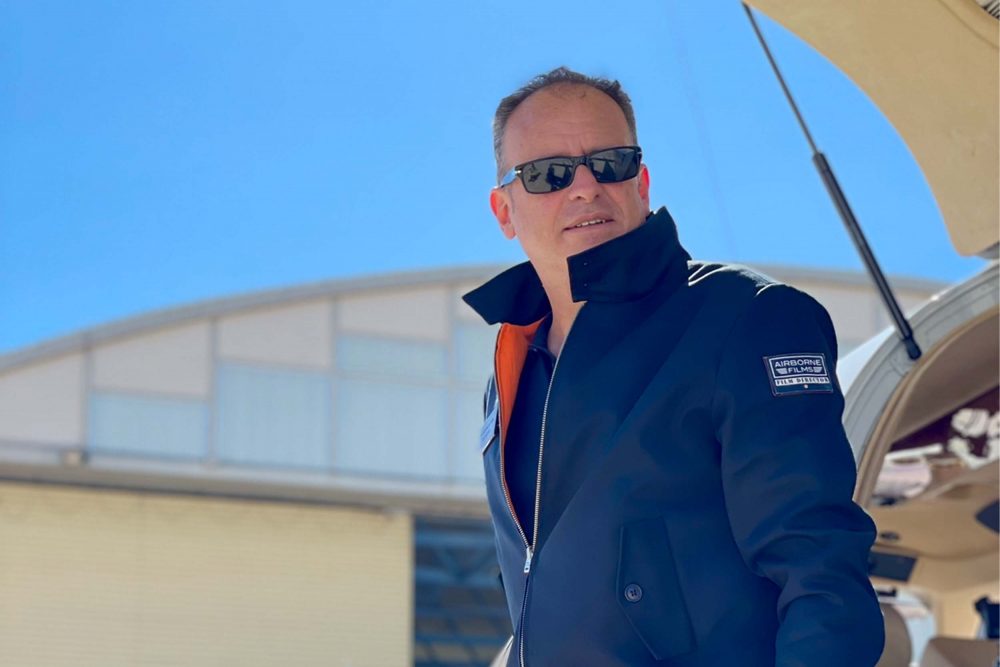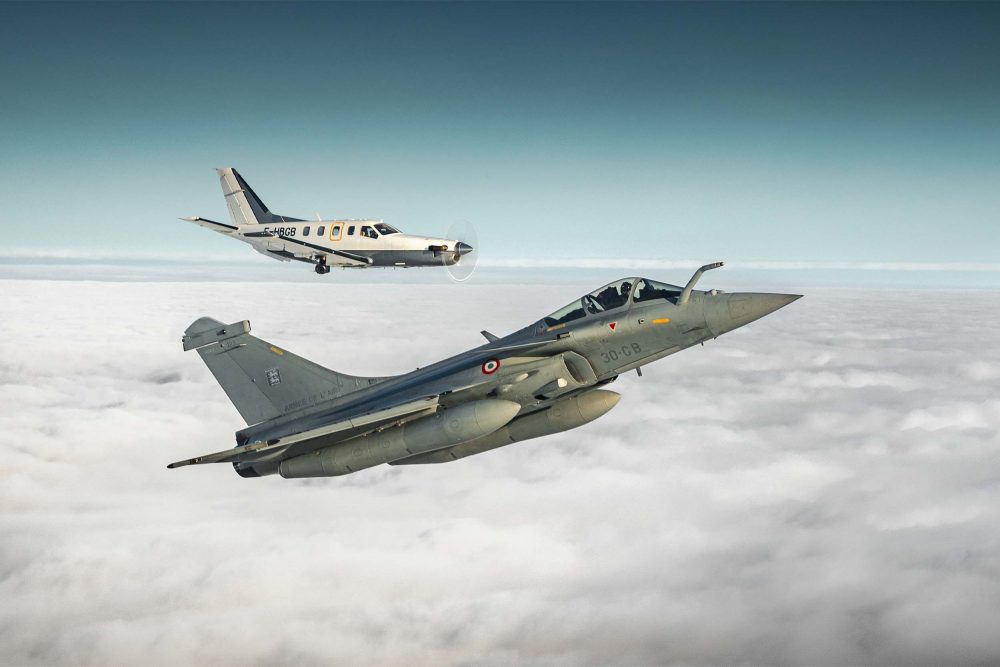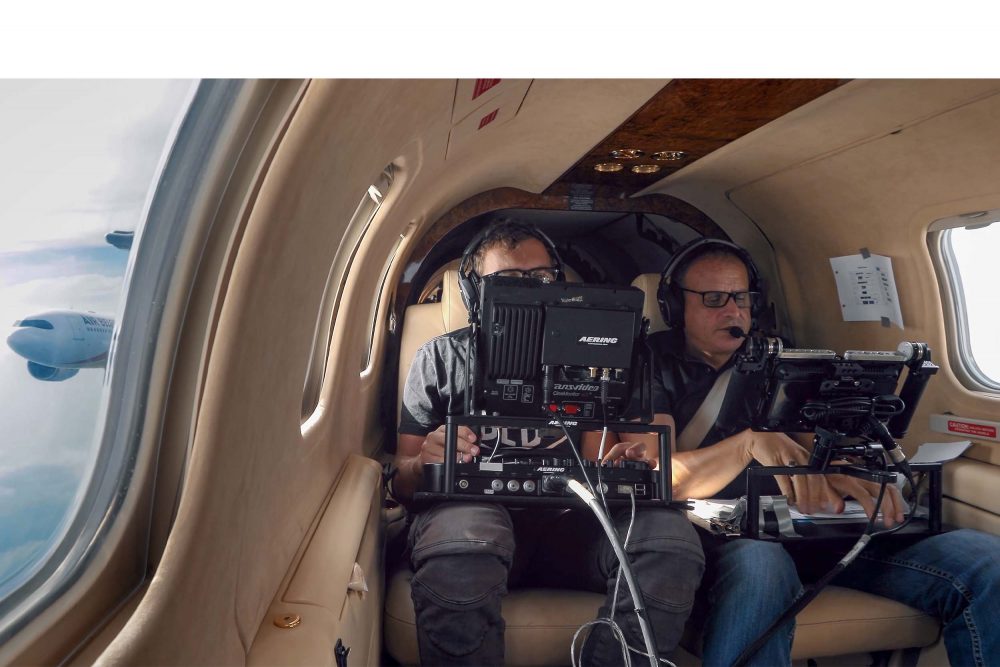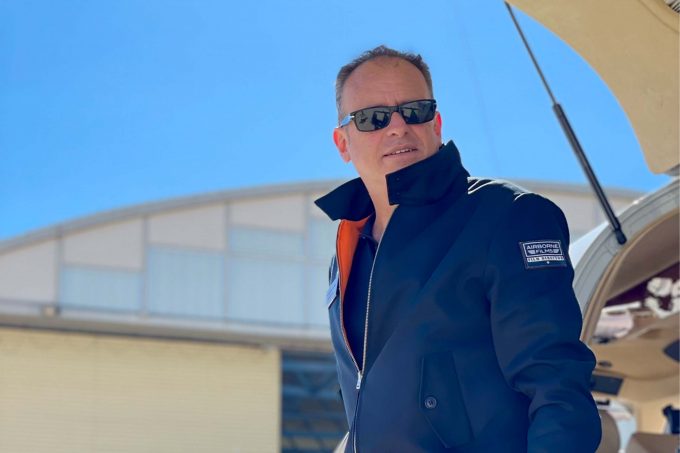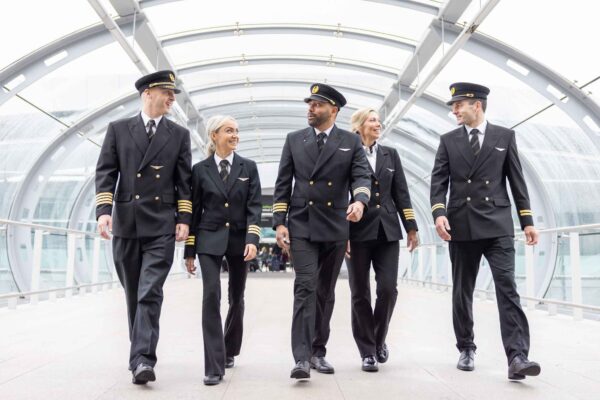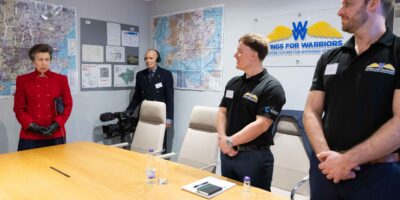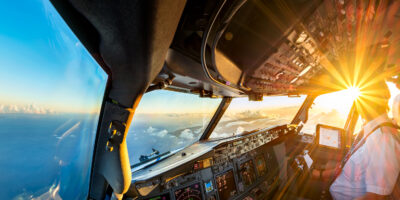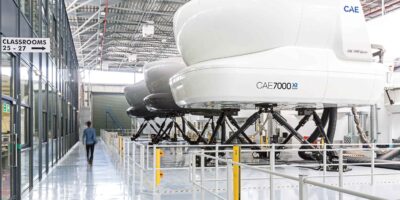“We did some mind-blowing flying… it was like Star Wars”
On a shoot, I’m always in the air so I have an overview of the choreography and can keep an eye on everything. Being a pilot myself really helps when talking to the pilots. Apart from flying and cinematography knowledge, to do this work you also have to feel well in the air. To get the right shot, you might be doing 360s for two hours!
I’ve had the chance to fly with high-level pilots in fighters, airliners, blimps, helicopters – you name it, I’ve flown it. Generally, when working in aviation, you only experience one type of aircraft. For me, apart from going into space, I’ve done everything.
What training did you have?
After UCLA, I got into the cinema world by working as an assistant director and continued flying alongside. I started off directing smaller parts and once I got to direct my own movie, I put an aircraft in it. It all evolved from there.
There’s no air-to-air directing school. At Airborne Films we have some very experienced cameramen and although I’ve trained them, this is something you learn by doing. The more experience, the better you are. Spend lots of time in the air filming aeroplanes and you’ll eventually get a sense of how to catch the good light and where to best position the aircraft.
What’s been your favourite flight?
Filming the movie Skyfighter in 2004. For this, we spent one month in Djibouti, a stunning place, flying the Mirage 2000 supersonic fighter jet. We did some amazing low and fast flying which was absolutely mind-blowing… I felt like I was in Star Wars!
And your favourite airfield?
Mojave. I directed many films over there, so this airport holds good memories. I love the two huge runways, the beautiful landscape and the fact it has good weather 340 days a year. Also, Mojave is where all the space stuff happens, it’s got the big aircraft boneyard, and its proximity to LA means all the cinema tools are nearby.
Do you get to fly much outside of work?
It all depends on work, but when I’ve got time, I love taking a Piper J3 for a spin from Saint Cyr. It’s a grass airstrip with amazing views of Château de Versailles, the closest you can get to private flying in Paris.
What’s your most valuable career advice?
Only attempt aerial filming with people who fly formation professionally! Don’t try it with inexperienced private pilots on your local airfield, find experienced military pilots instead. When filming, if you miss your shot, that’s OK, just do it again. But flying, that’s serious business.


